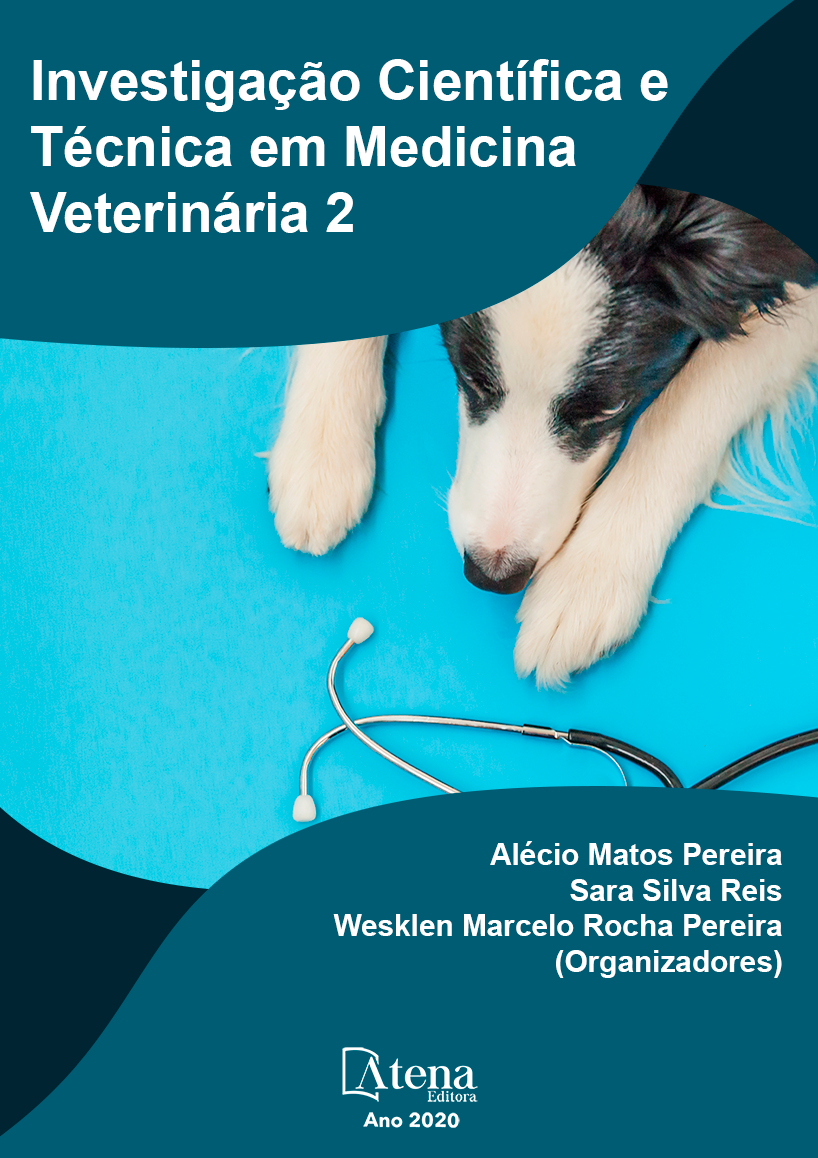
ERLIQUIOSE EM CÃES: REVISÃO SOBRE DIAGNÓSTICO
A erliquiose monocitotrópica canina se caracteriza por doença de suma importância na clínica médica de pequenos animais, especialmente por se tratar de doença de grande prevalência e altos índices de adoecimento. O agente etiológico envolvido nesta moléstia se trata da bactéria gram-negativa intracelular obrigatória a Ehrlichia canis, e sua transmissão se dá por meio do vetor Rhipicephalus sanguineus, também conhecido popularmente como "carrapato marrom do cão". As principais manifestações clínicas relacionadas às infecções por esta riquétsia são prostração, diminuição da coloração de mucosas, febre, hepatomegalia, esplenomegalia, distúrbios do apetite, e a susceptibilidade do paciente à ocorrência de diáteses hemorrágicas, uma vez que grande parte dos quadros clínicos cursa com trombocitopenia. Além disso, a variabilidade do quadro clínico se relaciona, especialmente, com a fase da infecção na qual o animal se encontra (aguda, subclínica ou crônica). O diagnóstico decorre da reunião das informações clínicas acerca do histórico do paciente, da observação dos sinais clínicos no exame físico, e das provas laboratoriais adicionais, fato que inclui a hematologia clínica, testes sorológicos (diagnóstico indireto) e provas moleculares (diagnóstico direto), com a sensibilidade de cada prova laboratorial se relacionando intimamente com as referidas fases da doença. Por este motivo, o presente trabalho tem por objetivo revisar o referido tema, especialmente no que se refere aos métodos diagnósticos disponíveis, sua indicação e sua empregabilidade.
ERLIQUIOSE EM CÃES: REVISÃO SOBRE DIAGNÓSTICO
-
DOI: 10.22533/at.ed.1422028077
-
Palavras-chave: Ehrlichia canis, hemoparasitose, diagnóstico, erliquiose, Rhipicephalus sanguineus
-
Keywords: Ehrlichia canis, Rhipicephalus sanguineus, hemoparasites, ehrlichiosis, diagnosis
-
Abstract:
: Canine monocytotropic ehrlichiosis is characterized by a disease of paramount importance in the medical clinic of small animals, especially because it is a disease of great prevalence and high rates of illness. The etiologic agent involved in this disease is the gram-negative intracellular bacteria that is obligatory to Ehrlichia canis, and its transmission occurs through the vector Rhipicephalus sanguineus, also popularly known as "brown dog tick". The main clinical manifestations related to infections by this rickettsia are prostration, decreased coloration of the mucous membranes, fever, hepatomegaly, splenomegaly, appetite disorders, and the patient's susceptibility to the occurrence of hemorrhagic diathesis, since a large part of the clinical conditions progresses with thrombocytopenia. In addition, the variability of the clinical picture is especially related to the stage of infection in which the animal is (acute, subclinical or chronic). The diagnosis results from the gathering of clinical information about the patient's history, observation of clinical signs on physical examination, and additional laboratory tests, a fact that includes clinical hematology, serological tests (indirect diagnosis) and molecular tests (direct diagnosis), with the sensitivity of each laboratory test, closely related to the referred phases of the disease. For this reason, the present study aims to review the referred topic, especially with regard to the available diagnostic methods, their indication and their employability.
-
Número de páginas: 6
- Vanessa Feliciano de Souza
- Rafael Molina Figueiredo


